Distance One Edition
The carpet Faseleh (“Distance”) remains faithful in its geometric division of space and its design scheme to the ideal archetype of charbagh, but when it comes to the main elements decorating its field, it diverges from old and familiar models, defying tradition in favor of a new approach to symbols and stylized forms. The fundamental parts of the carpet’s design such as the medallion (Toranj), spandrels (Lachak), and field (background) are still distinguishable in the overall composition; on a closer look, however, it becomes clear that they are not formed by interlaced arabesque branches and leaves, as would be the case in a traditional design, but are rather clusters of abstract motifs inspired by land and aquatic plants.
The border in Faseleh is subdued and appears as a woven band that is interrupted in four places by the sprout-like floral motifs projecting outward from the right-angle corner of the spandrels, an effect that recalls the occasional instances where cypress trees in Persian miniatures pierce through the upper border of the composition. Matching the style of the other parts, the central medallion in this carpet is a clump of abstract motifs, though here accompanied by calligraphic letter-like shapes with similar twists and turns as the motifs. By producing a repetition effect, the medallion hints at a flow from the corners toward the center and thus visualizes the spiritual notion of “unity in plurality and plurality in unity.”

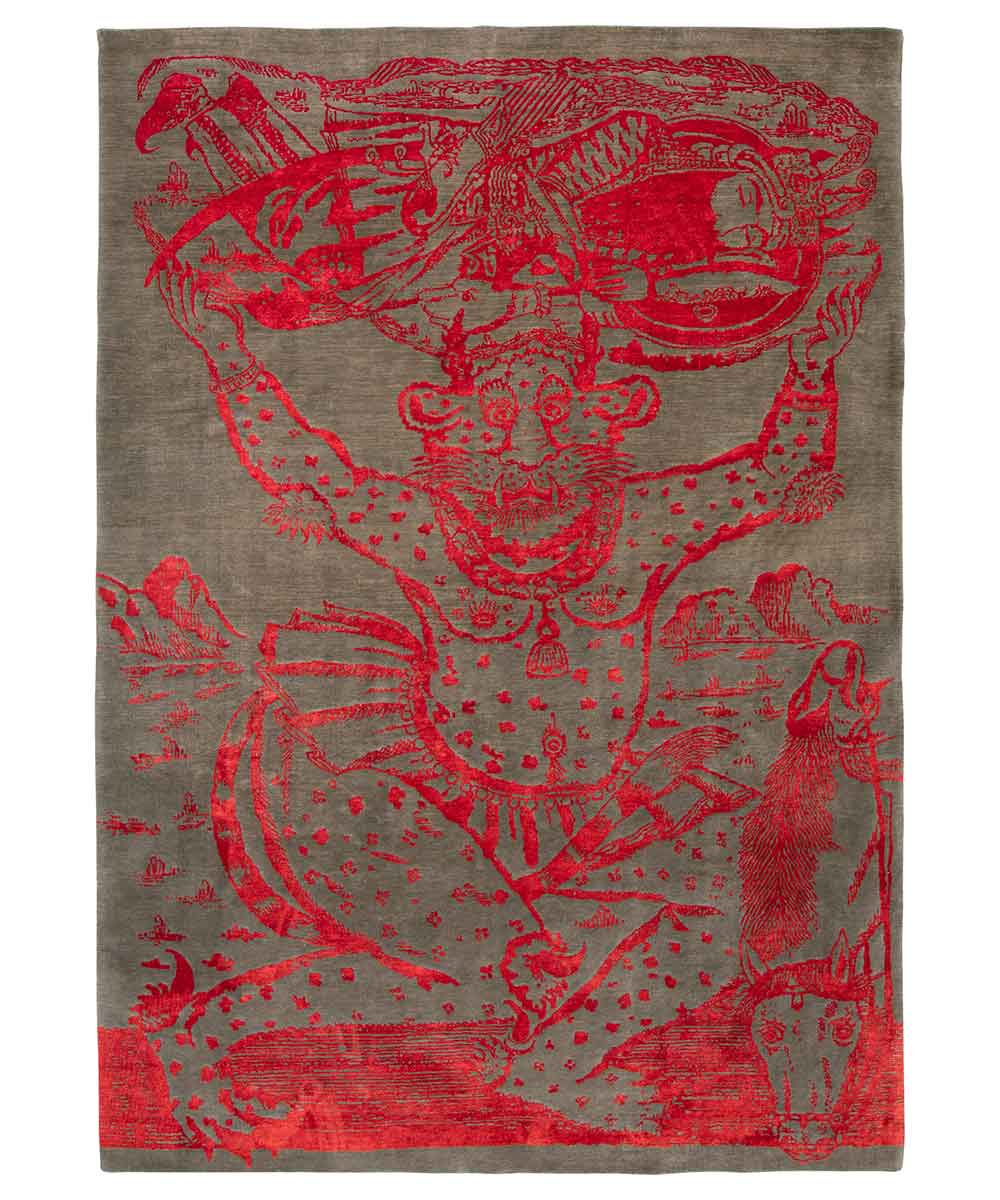
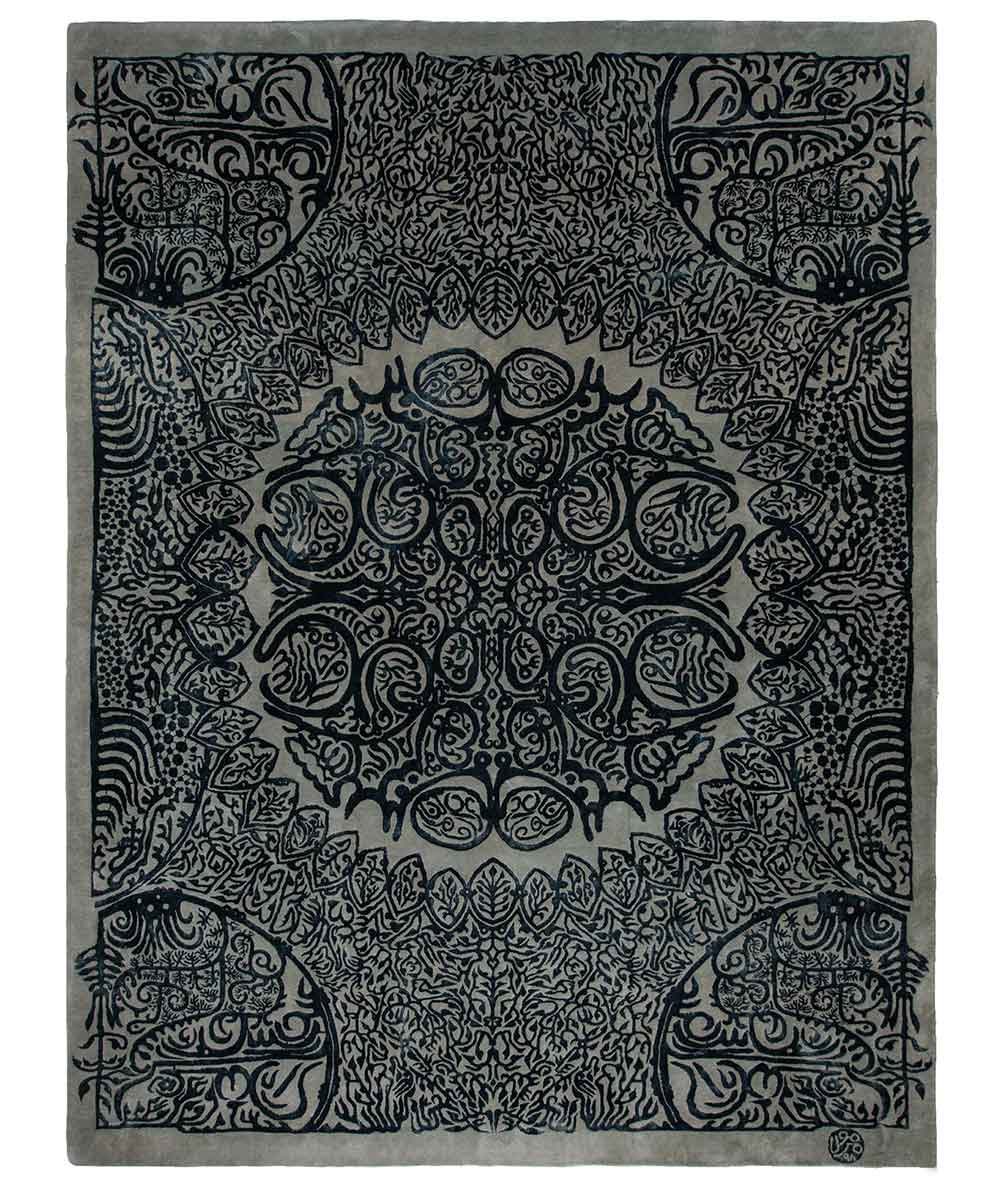

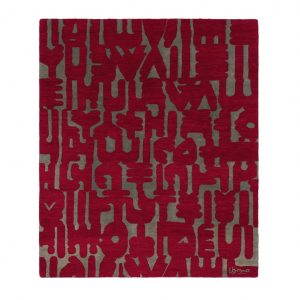
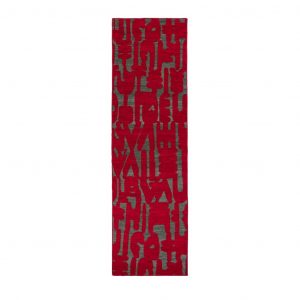
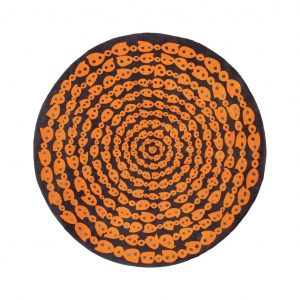

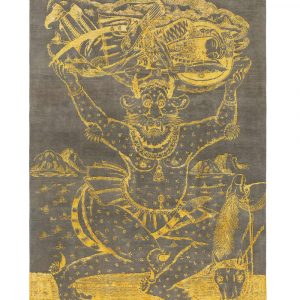
Reviews
There are no reviews yet.